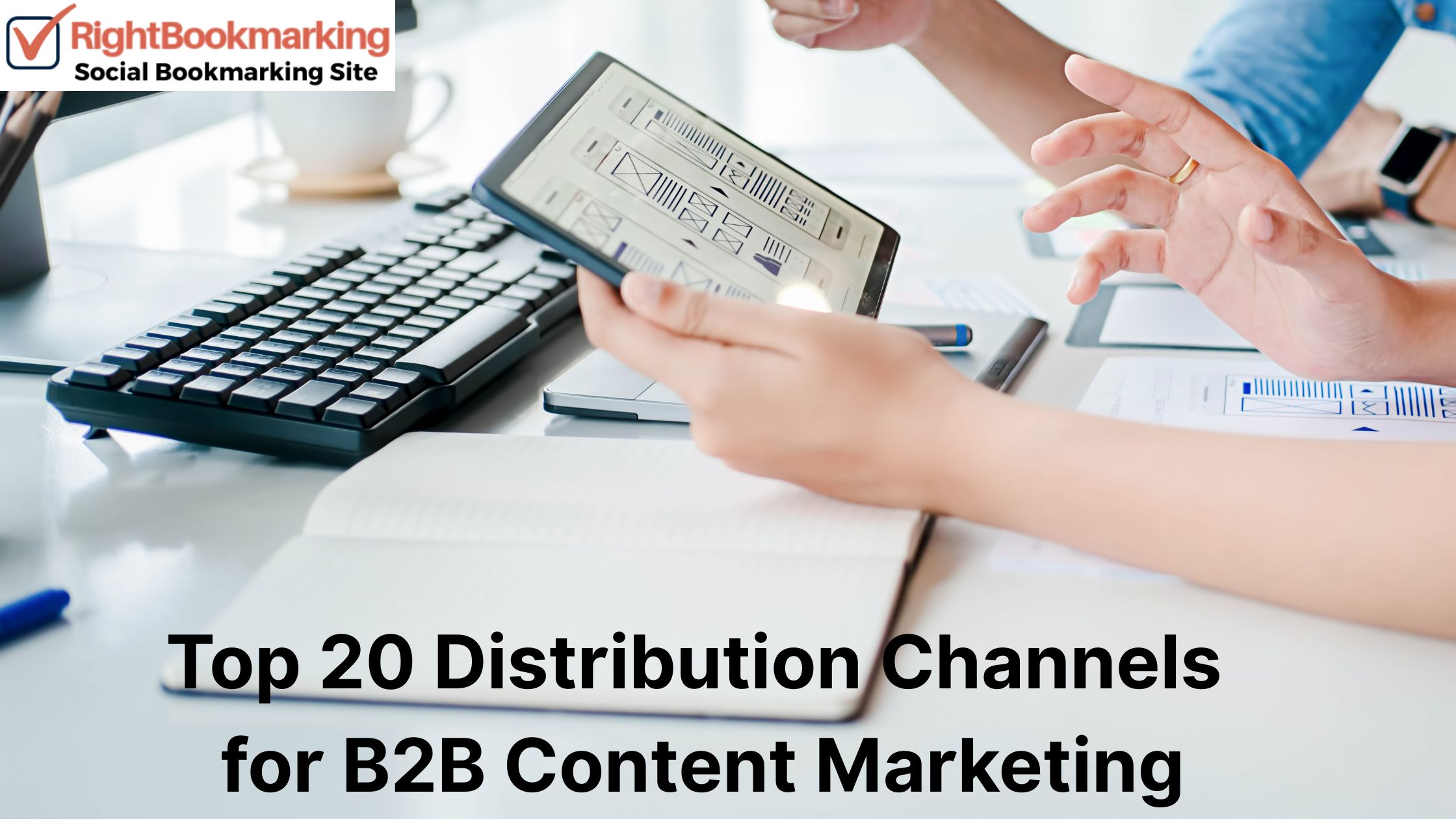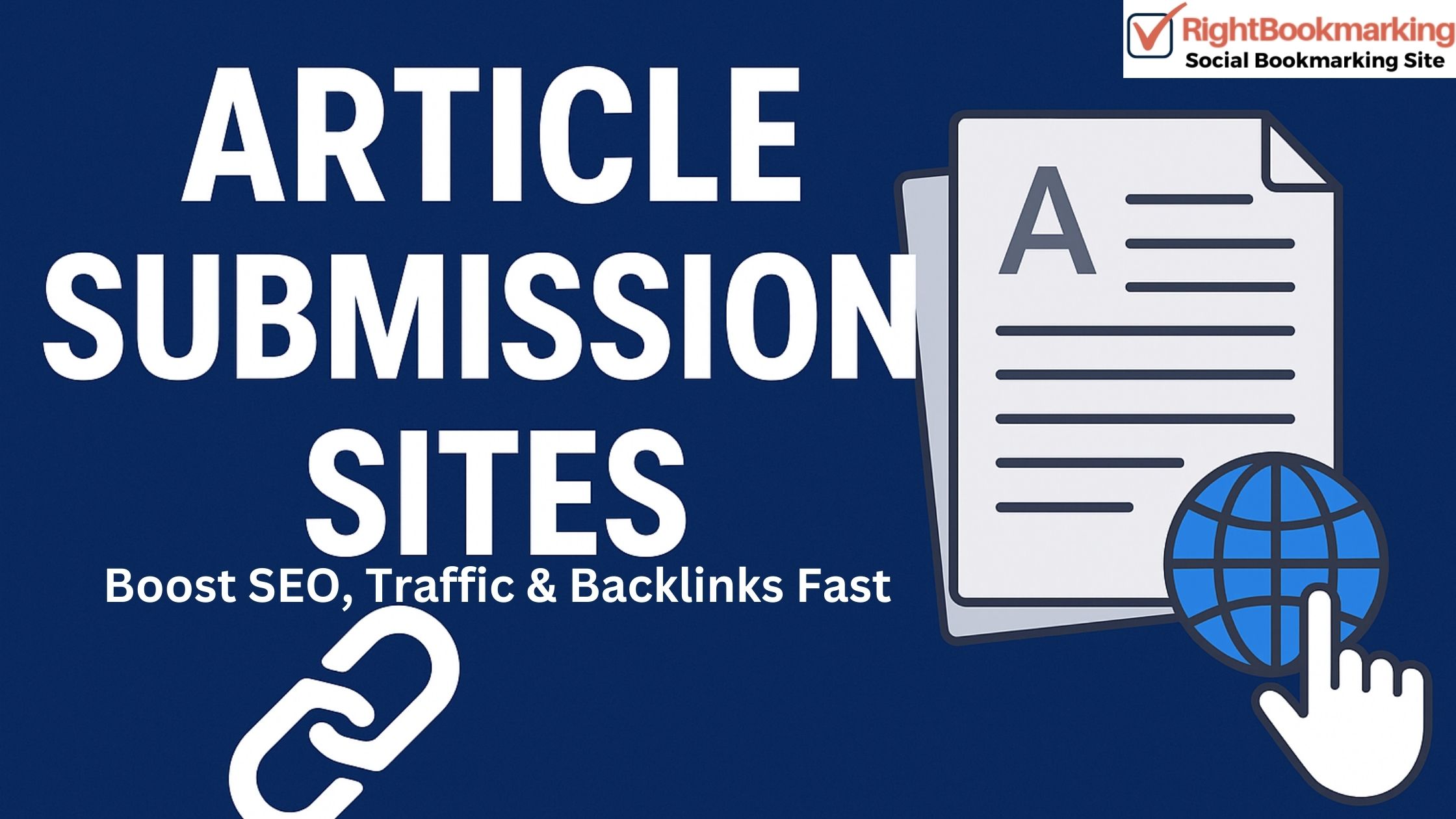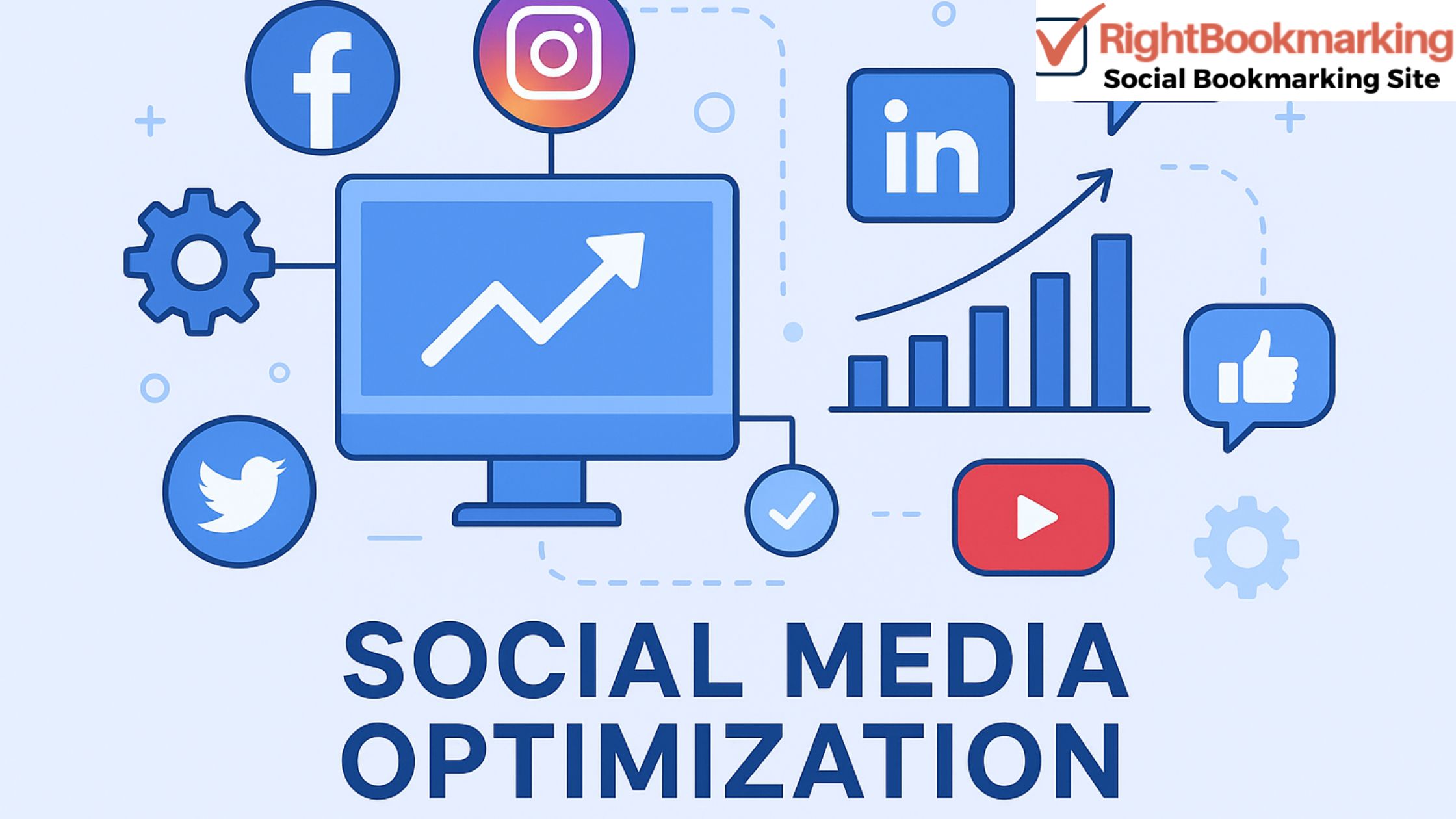It's only the beginning of creating good B2B content. It won't do your business any good unless it's viewed. That's where content distribution channels come in. These are the channels you use to get your message in front of the right people—buyers, decision-makers, and influencers.
This guide makes it easier for you to distribute B2B content, how to do it, and which ones to use in distribution channels for b2b content marketing? in 2025.
What Are B2B Content Distribution Channels?
A B2B content distribution channel is any medium or method through which you deliver content to your audience. This would be your site, email subscription lists, social networks, sponsored advertising, collaborations, and third-party titles.
Think of them as bridges between your content and the people who require it.
Why Distribution Channels Matter to B2B Marketing?
- They create awareness.
- They send traffic to your site.
- They increase lead generation and conversions.
- They establish brand authority and trust.
With the proper combination of channels, your B2B content performs more effectively, rather than being relegated to collecting dust on your blog.
Types of Distribution Channels for B2B Content Marketing
Distribution channels for b2b content marketing? fall into three broad categories
1. Owned Media Channels
These are owned and controlled channels. You won't have to pay to use them (except for setup or hosting costs), and they're ideal for establishing trust with your audience.
Examples:
- Your business blog
- Email newsletters
- Whitepapers or eBooks
- Webinars
- Landing pages
Why Use It?
Owned media produces long-term traffic and brand trustworthiness. You have absolute control over what is shared and how it's shared.
2. Earned Media Channels
These are places where other individuals share your content. You cannot control them, but they are great for exposure and trust signals.
Examples:
- Guest posts
- Influencer mentions
- Media coverage
- Social media shares
- Customer reviews
Why Use It?
Earned media offers you exposure for free and serves as a sign that people trust your brand. It's great for credibility.
3. Paid Media Channels
You pay to expose your content to a larger audience. This includes online ads and paid placements.
Examples:
- Google Ads
- LinkedIn Sponsored Posts
- Display advertisements
- Sponsored newsletters
- Influencer promotions
Why Use It?
Paid media is reactive and lets you target your audience. It's ideal when quick traffic or lead needs are required.
Top 20 Distribution Channels For B2B Content Marketing
1. LinkedIn
LinkedIn is the #1 B2B content platform. It reaches decision-makers, industry influencers, and professionals. Publish blog posts, post long-form content, participate in groups, and display sponsored ads.
With job title or industry-specific targeting, LinkedIn generates high-quality leads and robust engagement, and it's an integral part of any B2B content marketing strategy.
If you are a business, company, startup and want to boost your brand visibility on best B2B platform, create your free profile on True Real Story
2. Email Marketing
Email marketing continues to be one of the most effective B2B distribution channels. Targeted email lists enable you to send focused newsletters, product announcements, and content promotions directly to your customers.
It enables continuous relationship nurturing and drives leads through the funnel with consistent value-driven communication. Timing and engagement are also improved with automation capabilities.
3. Company Blog
Your business blog is the hub of your content strategy. It enables you to put up informative posts, how-tos, case studies, and leadership pieces.
SEO keyword-optimized, your blog brings organic traffic and better search rankings. Every blog post is a long-term investment that gets more visibility and authority with time.
4. Guest Posting
Guest blogging for top-notch industry blogs gets you more exposure and establishes backlinks. It makes your business a leader while leveraging other people's traffic.
Select high-domain-authority sites with high engagement. A good guest post can generate qualified traffic and drive leads you would have otherwise lost.
5. Content Syndication
Content syndication makes your whitepapers or articles visible on syndication sites or content networks. Outlets such as Outbrain, Taboola, or Medium enable you to expose your content to a larger audience.
It is an intelligent way of recycling old content to draw additional attention. Syndication builds awareness, drives referral traffic, and generates brand credibility in your niche if executed properly.
6. SEO (Search Engine Optimization)
SEO has your content at the top of search engines such as Google. Through the use of specific keywords, on-page optimization, and link building, your content is brought to shoppers looking for answers.
SEO brings traffic in the long run without the cost of repeat advertisements. It's necessary to scale exposure and create organic leads throughout the buyer journey. One of the best SEO popular content marketing example is Reward Bloggers. You can gain popularity by publishing guest post on Reward Bloggers
7. LinkedIn Ads
LinkedIn Ads support the exact targeting of B2B. Target decision-makers based on job title, industry, location, or company size. Promote webinars, white papers, or product demos to the appropriate decision-makers.
Sponsored posts, message ads, and carousel posts provide flexible formats. Although paid, LinkedIn Ads drive high ROI because of their quality audience.
8. Twitter (X)
Twitter (now X) is excellent for fast updates, interesting threads, and market discussion. Twitter is a solid blog post sharing platform for tips, facts, and tagging influencers or brands.
Hashtags increase visibility, with community engagement providing credibility. Shallow in depth, Twitter creates awareness and traffic through real-time interactions and short communication.
9. YouTube
YouTube allows you to convert blog entries or product learnings into a video. B2B buyers want to watch explainer videos, customer testimonials, or how-tos.
Title and description optimization help your videos rank on Google and YouTube search. It is best for demonstrating value and trust with visual or technical consumers.
10. SlideShare
SlideShare is a corporate platform to share presentations, infographics, and case studies. It's particularly great for reusing research findings, training slides, or webinars. Bite-sized content is what B2B audiences want, and SlideShare's audience is looking for business-themed content.
Share ideas in clear images, stats, and bullet points to make them easily swallowed within seconds. It's perfect for thought leadership as well as Search Engine Optimization.
11. Podcasts
Podcasts allow for a unique way of conveying expertise in the form of an interview or a story. You can produce your own, or a guest appears on another's. B2B podcasts are for specific audiences seeking information proactively.
They build credibility and a deeper connection. Push your podcast on email, LinkedIn, or your website.
12. Quora & Reddit
Responding to Quora or Reddit questions permits you to share back and so cross-promote your content. Both communities are active with authentic buyer intent.
Provide good, useful answers and link back to your guide or blog appropriately. Establishing a credentialed profile there can drive traffic and thought leadership over time.
13. Webinars
Webinars are engaging and content-rich platforms. Host live sessions to train, launch new solutions, or share trends. They generate quality leads, provided they are promoted via email and social media.
You may reuse the recorded one as YouTube videos, blog posts, and social bite-sized clips after the live session, further expanding its reach.
14. Gated Content
Whitepapers, eBooks, or templates provided in return for contact information are gated content. It leads you while offering useful content. Promote gated assets through social media, email, and advertising.
Employ nice-looking landing pages and short CTAs. This will create your list while offering high-value content to serious leads.
15. Influencer Marketing
Collaborating with industry leaders puts your content in front of highly engaged, trusted communities. Influencers may link to your blog post, hashtag your product, or guest post.
Select influencers that fit well with your brand and customer base. It's an economical way of getting on the radar, establishing credibility, and generating buzz around your products.
16. Press Releases / PR Sites
Press releases assist in disseminating significant company news to media organizations. Utilize PR distribution platforms to provide notice of product releases, events, collaborations, or studies.
This improves exposure and authority as well as encourages media attention and backlinks. A well-timed press release can enhance brand visibility and aid your SEO and outreach initiatives.
17. Marketing Automation Tools
These platforms, such as HubSpot, Mailchimp, and Marketo, allow you to send content automatically through email, pop-ups, or lead-nurturing campaigns. They personalize content based on user actions, increasing engagement and conversion.
Utilize automation in onboarding flows, follow-ups, and re-engagement campaigns. It saves time and provides personalized service at scale.
18. Content Aggregators
Share your blog posts to potential readers via channels like Flipboard, Zest, and Alltop. Publish or re-publish your content for readers who appreciate your topic of interest.
Aggregators attract niche traffic and place your content alongside other quality sources. They're an excellent credibility and visibility builder.
19. Sales Enablement Tools
Arm your sales team with close-worthy material. Send out price lists, brochures, case studies, and blog linkouts to draw upon in live presentations or follow-ups.
Content added to the sales process establishes trust, destroys objections, and maintains brand continuity. Sharing through mediums such as Showpad or Highspot makes it simple to share and track metrics.
20. Sponsored Newsletters
Collaborate with industry newsletters to put your content in front of the appropriate subscriber list. Sponsored content can feature links back to your guide, blog, or product.
Because they have an existing following, your content receives higher engagement. It's particularly fantastic for launches, gated promotions, or webinars for specialized markets.
If you are looking for free bookmarking site, you are at right place; create your free bookmarking profile on RightBookmarking
How to Select the Most Suitable Distribution Channel?
Here is a 4-step plan:
Know Your Audience
Where do your target B2B buyers hang out?
Align With Buyer Journey
Leverage blogs and video for awareness. Leverage webinars and whitepapers for decision-making actions.
Balance Paid and Organic
Utilize SEO and social for organic visibility. Utilize paid ads for quicker impact.
Track Performance
Utilize UTM links and analytics to gauge what's working and what isn't.
Latest Trends For Distribution Channels For B2B Content Marketing
? AI-driven content recommendation platforms
? Hyper-personalized email experiences
? Short-form video on professional networks
? Cross-channel content repurposing
? LinkedIn lead gen and retargeting forms
? Applying story formats in newsletters
? Real-time ROI dashboards in performance
Also Read:
Top 20+ Google Ranking Factors
How to Rank Higher on Google in 2025
Avoid These B2B Content Marketing Mistakes
- Sharing once and forgetting
- Applying all channels without an objective
- Not measuring results
- Not considering email personalization
- Not valuing LinkedIn's potency
Conclusion
Your content has to work for you day and night. With the proper distribution channels for B2B content marketing? i, your B2B content can catch eyes, establish trust, and trigger conversions.
Choose 3–5 channels to begin with. Optimize. Scale. Measure. That's how B2B content wins in 2025.




